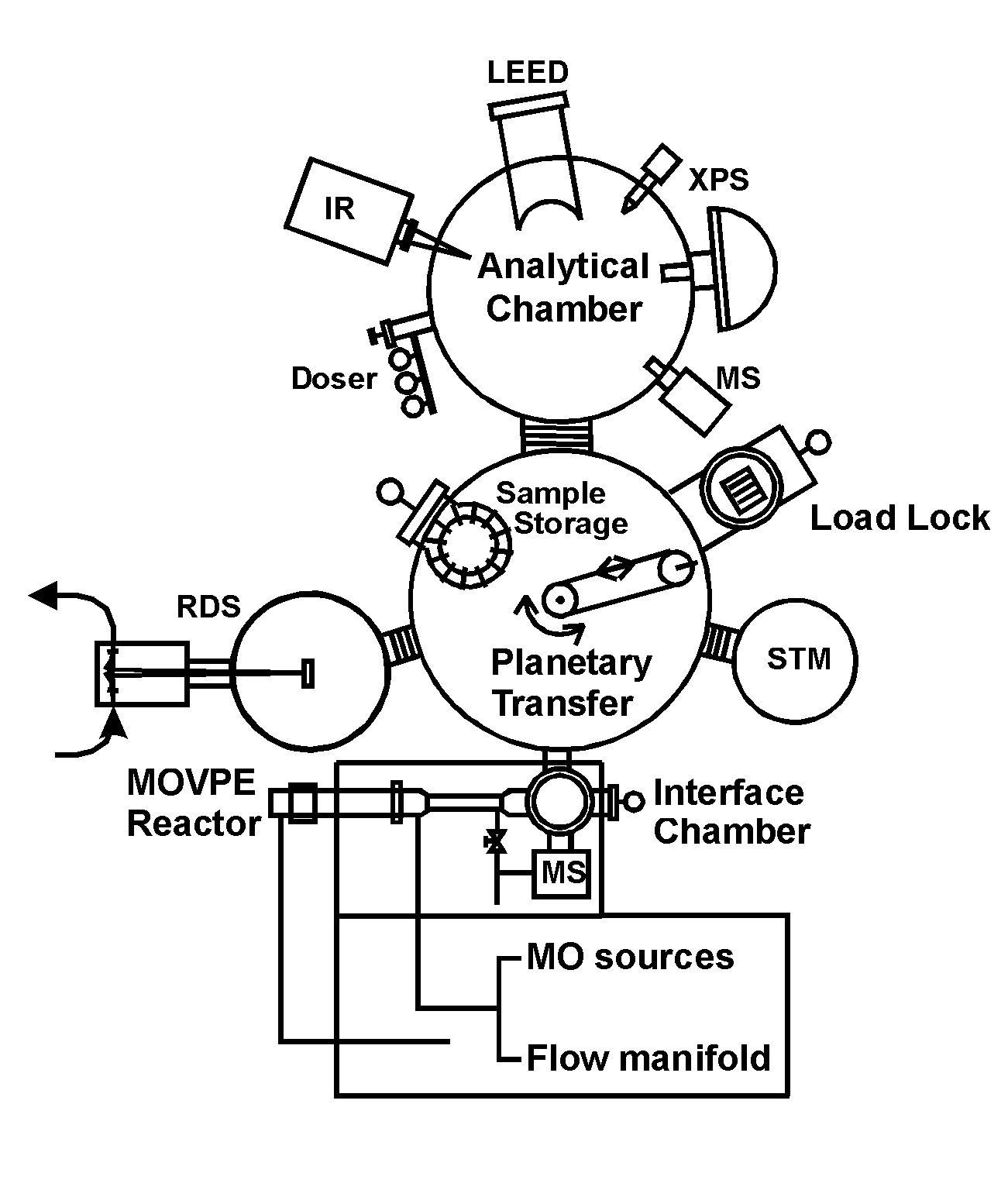Our laboratory contains a variety of plasma
sources for processing materials at low temperatures and at pressures between 20 and 760
Torr. Many of these sources have been donated by or developed in
conjunction with
Surfx
Technologies, LLC. In addition, we have a state-of-the-art facility for obtaining temporally and spatially resolved optical absorption and emission spectra of the reactive species in the
plasma. Most of our ex situ measurements are performed using the
Nanolab cleanroom facility at
UCLA.
Presented in the figure below is a
schematic of our apparatus for obtaining time-resolved UV absorption and optical emission
measurements of the plasma afterglow. This apparatus is explained in our upcoming
paper by Jeong et al. in the Journal of Physical Chemistry (Publication
34).
We have also developed a novel
method for measuring the O-atom concentration produced by our plasmas using
NO titration (Publication 109).
This method may be applied to other atomic species detection by selecting an
appropriate titration gas with well documented chemical kinetics.
